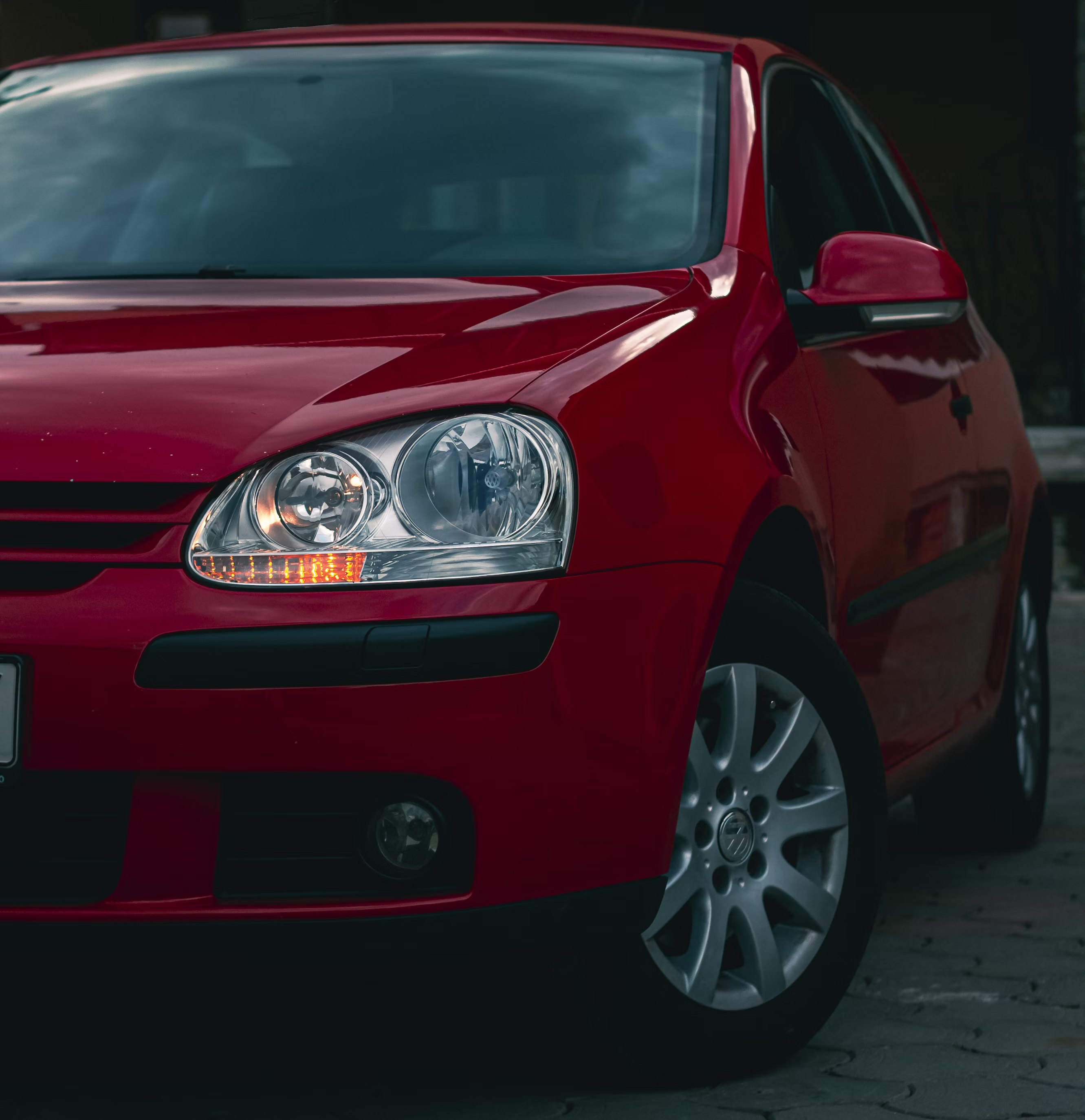
Paint damage can happen in various ways, from small chips caused by road debris to larger scratches from accidents or parking scrapes. While it may seem like a job best left to the pros, you can actually repair minor paint damage yourself with the right tools and some easy-to-follow steps. Here’s a comprehensive guide to fixing paint damage and keeping your car looking great.
Before starting, take a close look to determine the severity of the damage. Paint damage can range from light surface scratches to deep gouges that expose the metal underneath. Surface scratches that affect only the clear coat are often easy to repair at home. Deeper damage, however, may require extra steps or even professional help for a flawless finish.
To repair paint damage, you’ll need the following items:
Tip: Find your car’s color code in the owner’s manual or on a label inside the door frame or under the hood.
A clean surface is essential before you start repairing the damage. Wash the car with car shampoo and water, ensuring all dirt, wax, or grease is removed. Using a degreaser can help achieve a fully clean, residue-free surface.
Using fine-grit sandpaper, gently sand around the damaged area. This smooths the edges of scratches and removes any loose paint. Use a light hand while sanding to avoid expanding the damage.
If the damage goes down to the metal, a thin layer of primer is essential. The primer will prevent rust and help the paint adhere better. Use masking tape to protect the surrounding area and apply primer only where needed. Allow it to dry fully according to the product’s instructions.
Now it’s time to apply the base color. Make sure it matches your car’s exact color code. Using a fine brush or applicator, paint a thin layer over the damaged area. Apply several thin coats instead of a single thick one, allowing each layer to dry before adding the next. This approach results in a smooth, professional-looking finish.
Once the color is dry, finish with a layer of clear coat. Clear coat protects the paint and matches the shine of the surrounding area. Apply it in thin, even layers, just like the base color, and allow it to dry completely.
After the clear coat dries, polish the area to blend it with the rest of the car’s paint. Using a microfiber cloth and a quality polishing compound, gently buff the repair area until it seamlessly matches the original paint.
After polishing, wash your car again to remove any residual polishing compound. Applying a layer of wax or paint sealant can help protect your paint from future damage.
While many minor paint repairs can be done at home, larger or deeper damage may require professional assistance. It’s also a good idea to consult a professional if you’re unsure about matching the color exactly, as color mismatches can be noticeable even after repair.
By following these steps, you can handle small paint repairs yourself, keeping your car looking its best without spending a fortune.
